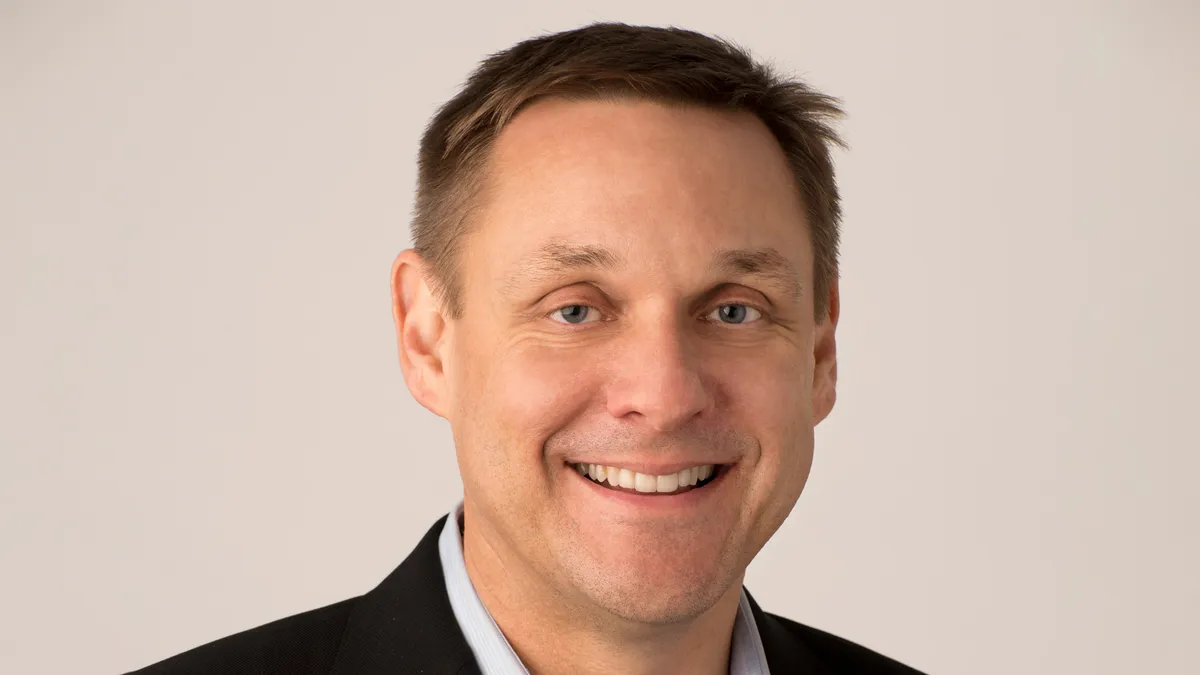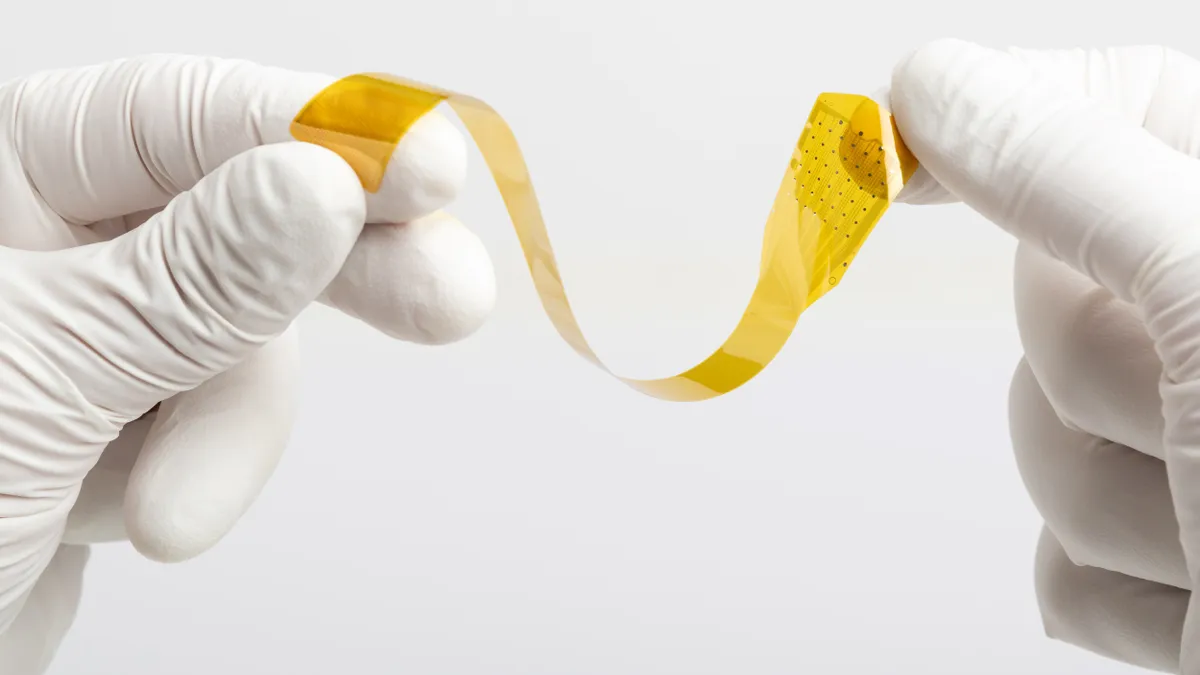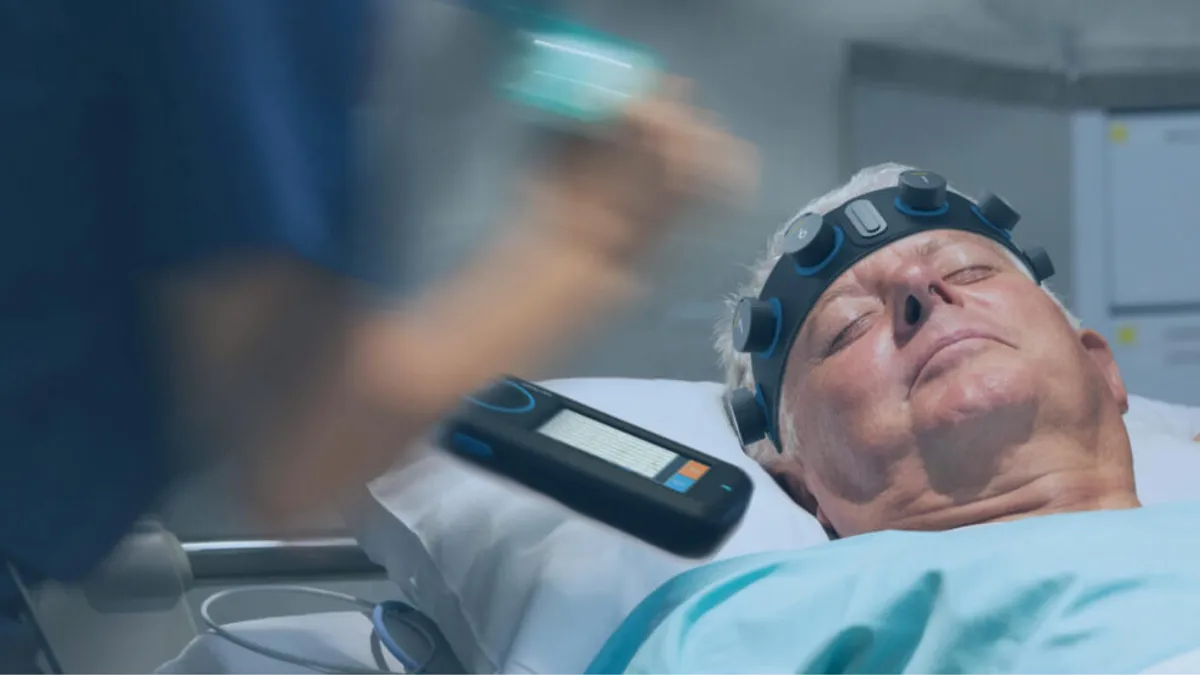Even as medical device procedures have begun to recover from a COVID 19-induced slowdown that began in 2020, hospital staffing shortages still are creating a barrier to care, and that’s hurting many patients waiting for transcatheter aortic valve replacement, a minimally invasive procedure to replace a damaged aortic valve.
Edwards Lifesciences is one of two companies in the U.S. that sell the majority of devices for TAVR, which it first brought to market in 2011. Until then, the standard of care had been open heart surgery, a riskier procedure that involves a week-long hospital stay. Edwards Vice President of TAVR Larry Wood talked about how the hospital staffing bottleneck is affecting patients and the company’s long-term aspirations to use TAVR’s less invasive capacity to expand the procedure to patients with less severe disease.
This interview has been edited for length and clarity.
MEDTECH DIVE: The pandemic has affected procedures for a lot of medical device companies. What are you currently seeing in terms of procedure rates?
LARRY WOOD: Our procedures are recovered to what I would say are pre-COVID levels. We’re above that, but we haven't grown as much as we would have liked.
It's not so much of a patient issue as much as it is just hospitals are really struggling with staffing. Nursing especially is probably the biggest bottleneck right now.
People are still getting COVID and having to quarantine and step out, and unfortunately in hospitals, they work in close proximity. So if a person gets COVID, they often take out other people with them that have to quarantine. So that’s still been a little bit of a struggle.
Only about one in 10 people with severe aortic stenosis actually ends up getting their valve replaced, which is pretty abysmal when you consider how deadly it is. So, I think long term it's not really much of an issue, but I think in the short term as we still are in the recovery, it certainly impacts case flow.
What does that mean for patients?
That's really the scary part of all of this. Even in the best of times, it takes patients months to move through the process from diagnosis to treatment. There's not a good understanding of how deadly this disease is.
When we ran a trial in very high-risk patients who were inoperable, patients who went without therapy in the control group had a 50% mortality rate in one year, which is quite high. Even if you go into lower risk groups, maybe that's 50% at two years or even three years, that's worse than most cancers. But we don't tend to treat the disease with that same sense of urgency.
There's certainly a lot of evidence that says, while you're waiting, damage is happening to your heart. Some of it's reversible, but some of it isn’t.
It's not good to have these patients waiting. Again, you can't do procedures without staffing. I can't quantify it, but there is probably some backlog of patients that's increasing over time.
You’ve said you expect TAVR sales of $3.5 billion to $3.7 billion this year. What are your expectations for TAVR procedures over time?
What we're expecting over the next seven years, by 2028, [is] for procedures to double. So we still see a lot of opportunity for growth.
Right now, there's still this paradigm that we treat patients only after they develop symptoms, which we don't do for any other disease. I think a lot of that is just historical, because open heart surgery was the treatment and so there was a natural tendency to wait as long as you could before subjecting a patient to open heart surgery.
Now in a TAVR world, I think there’s a big question of does that still make sense or not. We don't think it necessarily does.
We've started a trial called Early TAVR where we're treating patients who still have severe aortic stenosis, but just haven't yet developed symptoms. That trial is enrolled, but it takes a couple of years for us to get the data from the trial.
Then we just started another trial called Progress. And the purpose of that trial is to study patients who have moderate aortic stenosis, and see whether earlier intervention can prevent damage to the heart and lead to better long-term outcomes. We’ve just started enrolling in that trial, so that's going to take a little while to complete too, so they're both long-term endeavors. But we really need to understand better when the optimal time is to treat these patients.
What other studies do you have going on right now?
We still have all the follow up going from our original trials. Even though we showed the efficacy at one year and two years, we continue to follow these patients out to 10 years so we can really study long-term outcomes.
We can also learn more about valve durability: How long do these valves last and then what happens to patients when they wear out? Currently what we've seen is when the valve wears out, it wears out in a very slow, very predictable manner, and what we're able to do is put a second valve into the first valve.
We're learning a lot about these valves and about how they work and how long they last, but that's one of the things that makes it really exciting.
And frankly, having an option that's this minimally invasive has just opened doors for us that never would have existed in a surgical paradigm. You just wouldn't get patients with moderate disease [opting for open heart surgery]. It just wouldn't be something they'd be willing to do.
You recently started a trial for your newest valve platform, the Sapien X4. How is that going?
We just started clinical enrollment in that [trial] a few months ago. And so far, so good.
We don’t report results on how trials are going, but we're excited about this platform, and we think it has a lot of features that are going to be very meaningful for patients and very popular with physicians.
Whenever you do a new valve platform, you’ve got to enroll the trial and you’ve got to follow the patients for a year and then you’ve got to crunch all your data. So these aren't short-term exercises, but we're excited to get that platform in clinical trials and start that pathway to bring it to patients.
You’re not the only company working on a TAVR platform. How do you view the competition?
The biggest competitor we have in this space is Medtronic, and they've been in the space for almost as long as we have, and they've run their own pivotal trials and showed the efficacy of their technology. And so in the United States, commercially, it's really just the two of us right now. There are new people that are coming into the space.
Our job is just to make sure that we're always innovating faster than anybody else, and that the innovations are meaningful and that they extend the lives of our patients, and doctors appreciate them and value them. I worry more about what we do than I worry about what our competitors do.
The other thing is, I think the opportunity is big enough. If more people enter the space and they help develop the marketing and increase awareness, I think that probably helps patients as well.
Correction: A previous version of this article referred to TAVR as laparoscopic. While both procedures are minimally invasive, TAVR does not use a laparoscope.



















